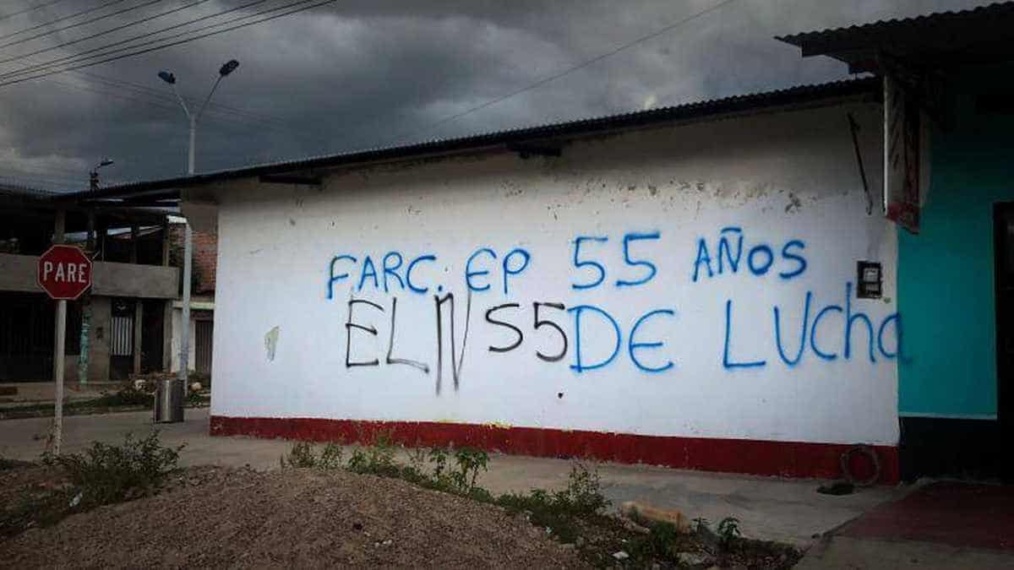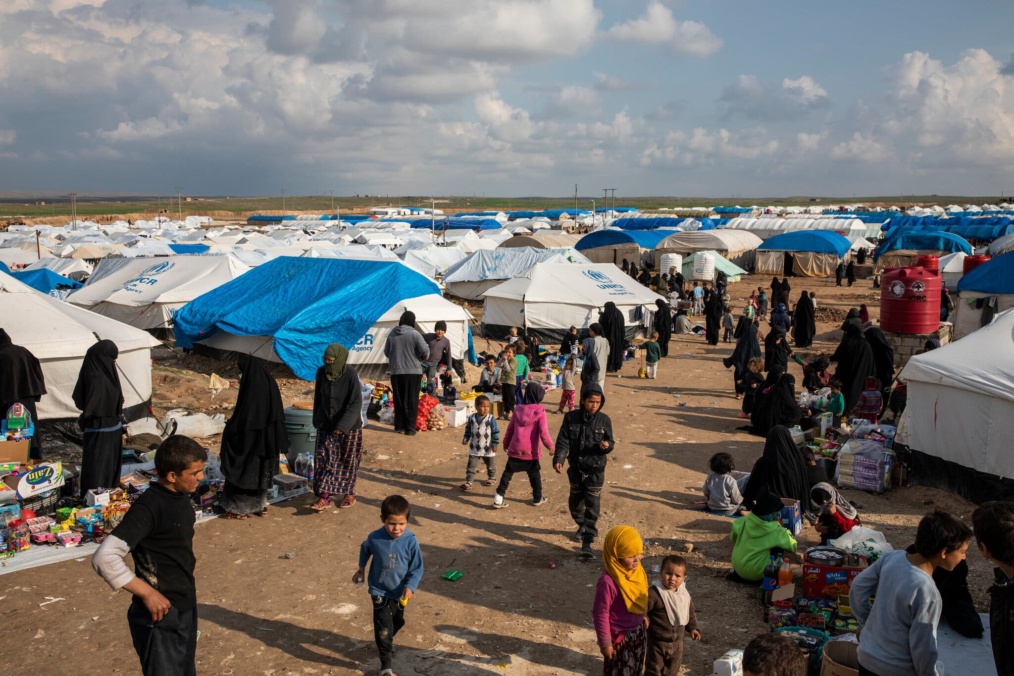The newest form of terrorism is cyberterrorism, which has been a rising threat in the last several years. The fusion of cyberspace with terrorism is known as cyberterrorism, and it refers to illegal assaults and threats of attacks on computers, networks, and the information stored on them that are carried out to intimidate or compel a government or its citizens in the pursuit of political or social goals. Many cyberattacks have been planned, increasingly so after 2011. Specifically, in Syria, several attacks have been organized in cyberspace.
The General Threat of Cyberterrorism
There are many different forms of cyberterrorism, such as weaponizing propaganda and extremist ideology. Additionally, cyberterrorism can facilitate recruitment, radicalization, and prompt terrorist attacks.
Even though there are many different kinds of cyberattacks, many still question the validity of whether cyberterrorism is an existent threat. Since most essential infrastructure in Western nations is connected via computers, the possibility of cyberterrorism is concerning.
Hackers have proved that, while not driven by the same aims as terrorists, anyone may get access to sensitive information and the functioning of critical systems. Terrorists may, at least in principle, follow the hackers’ lead and paralyze advanced countries’ military, financial, and service sectors after breaking into government and commercial computer networks.
Cyberterrorism in Syria and Organized Social Media Cyberattacks
In Syria, there were many attacks planned via cyberspace. Throughout the years, the Islamic State of Iraq and Syria (ISIS) has adapted its abilities and stayed at the forefront of using the internet for cyberterrorist activities. ISIS declared an Islamic state, or caliphate, over the territory it had conquered in Iraq and Syria in 2014. Simultaneously, a group of hackers claiming to be related to ISIS built a “cyber caliphate.” According to the news, they created a series of online activities that have drawn worldwide attention.
Syria has been the focal point that controlled all the attacks. Plenty of cyberattacks in Europe were exclusively organized in Syria. However, they were directed in real-time over the internet and encrypted online chat platforms from Syria.
In addition, ISIS organized and promoted attacks through social media. In this case, they used social media, such as Facebook, Twitter, and YouTube, to spread their beliefs and synchronize attacks. Since the mid-2000s, the internet has become a common source of national defense and international security threats. Furthermore, the emergence and popularity of social media increased the militancy of a wide range of social groups, including terrorists.
In 2020, the Justice Department, the Department of Homeland Security, and the Department of the Treasury stated that they dismantled multiple cyber-financing schemes by the al-Qassam Brigades, Hamas’ military branch, al-Qaeda, and ISIS. U.S. police confiscated millions of dollars from over 300 cryptocurrency accounts, three websites, and four Facebook pages. This operation represents the government’s largest-ever seizure of cryptocurrency in a terrorism-related case.
Sophisticated cyber-tools were used in all three financing systems, including the solicitation of bitcoin donations from across the world. These efforts by terrorist organizations reveal how they have shifted their terror financing efforts to online mediums. Organizations have resorted to bitcoin and social media campaigns to garner attention and earn funding.
Future Suggestions
The increasing reliance of today’s society on information technology has created a new type of vulnerability, allowing terrorists to attack targets that would otherwise be impregnable. The more technologically advanced a country is, the more exposed its infrastructure is to cyberattacks.
Therefore, one solution to minimize online terrorist financing and increase the cybersecurity of individual states is to create an organized global effort in securing government data from vulnerabilities. In addition, states must stay abreast of the newest technologies and ultimately outpace cyber advances of terrorist organizations, to achieve success.
Overall, states need to increase their investments in cybersecurity, especially considering the ever-evolving and global threat terrorist organizations now pose to cyberspace.
Katerina Rebecca Paraskeva, Counter-Terrorism Research Fellow





